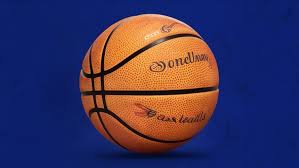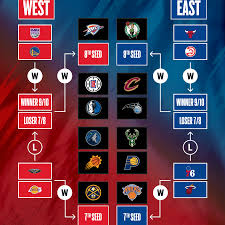drawing:cul23ybyzfm= basketball: A Creative Exploration
drawing:cul23ybyzfm= basketball: A Creative Exploration
Introduction
drawing:cul23ybyzfm= basketball __ Drawing basketball scenes or players can be an exhilarating way to combine artistic skills with a love for the sport. This article explores various aspects of drawing basketball, from capturing dynamic action to understanding the nuances of the game in art.
Understanding the Basics of Basketball in Art
Before diving into the drawing process, it’s essential to understand the fundamental aspects of basketball. Familiarize yourself with the game’s key elements, such as the court layout, player positions, and common movements. This knowledge will help in creating more accurate and lively representations.
Essential Tools and Materials
To get started with drawing basketball, you’ll need a few essential tools:
Sketching Pencils: Use different grades for varying line thickness and shading.
Erasers: A kneaded eraser is great for subtle corrections and highlights.
Paper: Choose a good-quality sketchbook or drawing paper that can handle detailed work.
Techniques for Capturing Motion
Basketball is a fast-paced sport, and capturing its motion can be challenging but rewarding. Focus on the following techniques:
Gesture Drawing: Start with quick sketches to capture the dynamic poses of players.
Action Lines: Use these to emphasize movement and direction.
Foreshortening: This technique helps depict objects or figures extending towards or away from the viewer, creating a sense of depth.
Drawing Basketball Players: Proportions and Anatomy
When drawing basketball players, getting proportions right is crucial. Study the human anatomy to understand muscle groups and body proportions. Pay attention to how players’ bodies bend and stretch during different actions, such as dribbling, shooting, or jumping.
Adding Details and Textures
Details and textures bring your drawing to life. Include:
Uniforms and Gear: Draw the team’s jerseys, shorts, and sneakers, paying attention to logos and textures.
Court Elements: Incorporate details like the basketball hoop, court lines, and scoreboard.
Lighting and Shadows: Use shading to add depth and realism to your drawing.
Common Mistakes to Avoid
Artists often face certain challenges when drawing basketball scenes:
Static Poses: Avoid making players look stiff. Instead, strive for fluid, natural movements.
Proportional Errors: Ensure that players’ limbs and body parts are proportionate to maintain realism.
Overcomplicating Details: Focus on key details rather than getting bogged down by every small element.
Conclusion
Drawing basketball involves more than just sketching figures on paper; it’s about capturing the essence and excitement of the game. With practice and attention to detail, you can create dynamic and engaging basketball art that resonates with both sports enthusiasts and art lovers.









Post Comment